How ABA Therapy Centers Foster a Sense of Community
Building Inclusivity Through ABA Therapy: Connecting Communities for Children with ASD
Introduction
Applied Behavior Analysis (ABA) therapy plays a crucial role in supporting community integration for children with Autism Spectrum Disorder (ASD). By fostering connections within families and communities, ABA therapy not only enhances individual development but also builds a network of support and understanding. This article explores the multifaceted impact of ABA therapy centers and the strategies used to nurture a sense of belonging for children with autism, their families, and the broader community.
ABA Therapy: Bridging the Gap Between Therapy and Community
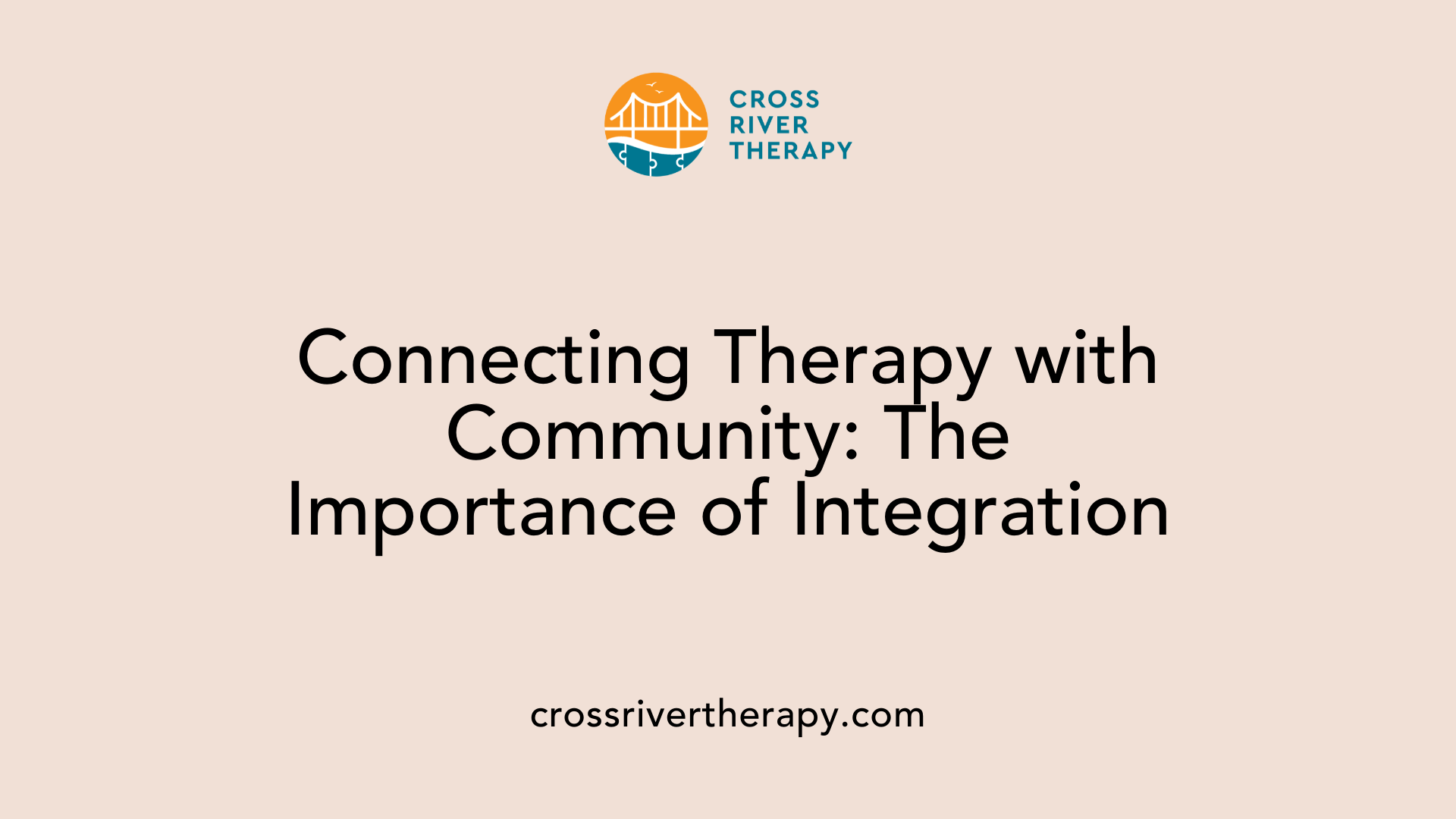
How does ABA therapy promote community integration for children with Autism Spectrum Disorder (ASD)?
ABA therapy fosters community integration for children with Autism Spectrum Disorder (ASD) by employing targeted strategies that focus on teaching essential social skills, communication methods, and adaptive behaviors. These strategies are often facilitated through structured interventions that take place in community settings, allowing children to practice skills they've learned in therapy.
During community outings, children are presented with opportunities to engage in real-world situations. For instance, trips to grocery stores or parks provide practical learning experiences. Here, children can work on social behaviors such as initiating conversations, sharing with peers, and taking turns—essential skills that enhance their social interactions.
The role of structured interventions in community integration
Involving families is a crucial aspect of this process. Parents and caregivers help reinforce the skills practiced during outings by integrating learned behaviors into daily routines. When kids practice their skills consistently across different environments such as home, school, and community, they become more adept at managing challenges in various social situations.
Collaboration with Schools
BCBAs work closely with educators to ensure that behavioral goals are integrated into the classroom, thus creating inclusive learning environments for children with ASD. This collaboration helps teachers support the application of skills learned during therapy, reinforcing their importance in everyday interactions.
Expanding Community Engagement
Moreover, community-based programs are designed to provide structured environments that complement ABA therapy. These programs offer children with ASD safe spaces to build relationships, practice social skills, and enhance their sense of belonging—all integral to their overall development.
Ultimately, the combination of structured interventions, family support, peer interaction, and collaborative efforts with educators ensures that children with Autism Spectrum Disorder are actively involved in their communities, which is vital for their social development and sense of self.
Crucial Roles: BCBAs and RBTs in Community Involvement
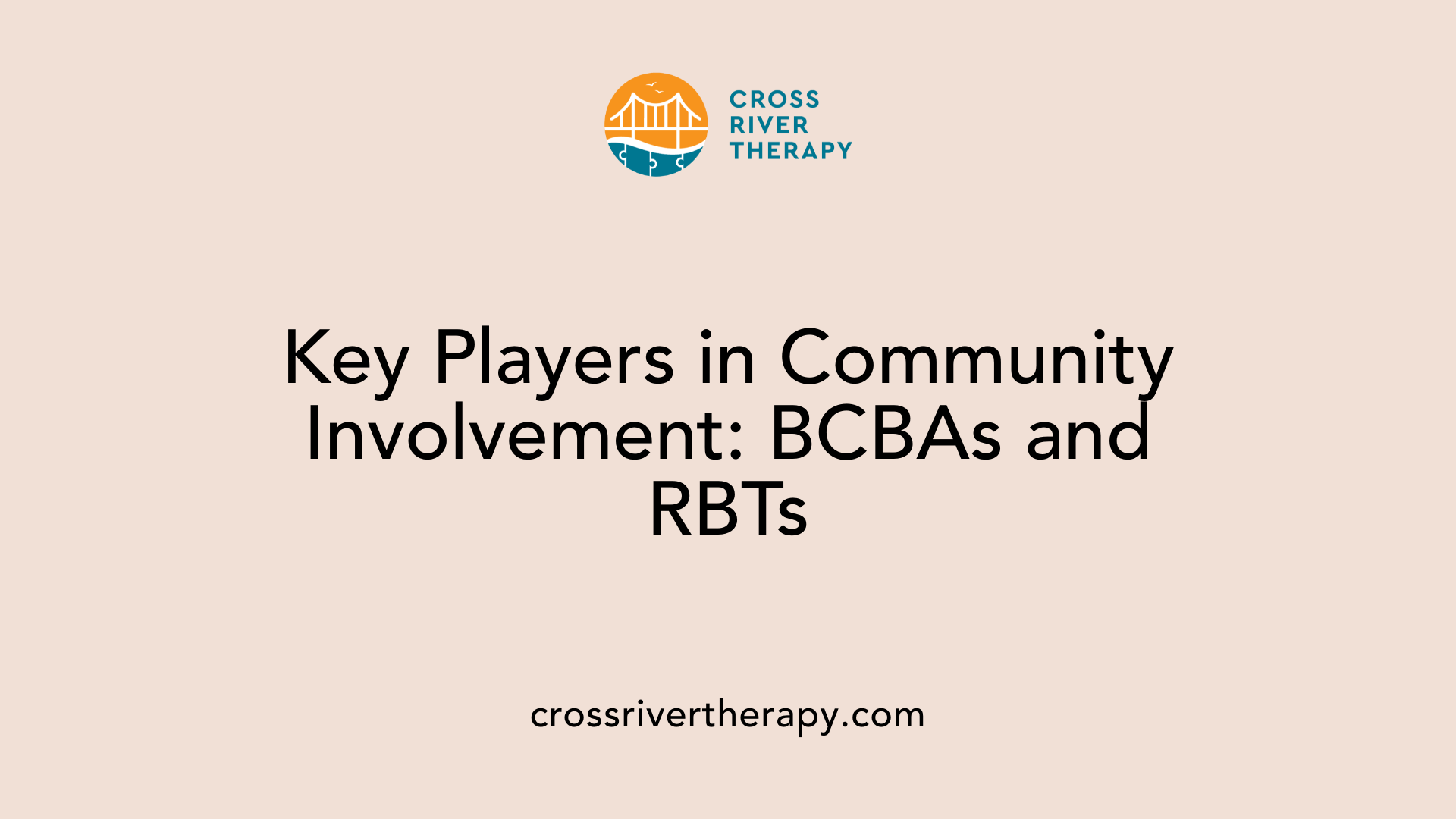
What is the role of Board Certified Behavior Analysts (BCBAs) and Registered Behavior Technicians (RBTs) in supporting social skills and community involvement?
BCBAs and RBTs play vital roles in enhancing social skills and facilitating community involvement for children with autism.
BCBAs design and oversee Applied Behavior Analysis (ABA) therapy plans tailored to meet the individual needs of each child. They implement these strategies in real-world settings, allowing children to apply learned skills beyond the therapy center. By providing therapy in places like schools, parks, and even grocery stores, BCBAs help children generalize skills effectively.
Collaboration is another crucial aspect of their work. BCBAs engage closely with families, educators, and community members to create treatment plans that foster inclusive experiences. Through this teamwork, they ensure that behavioral goals are integrated into everyday activities and community events, promoting social integration for children with Autism Spectrum Disorder (ASD).
RBTs complement this approach by offering one-on-one guidance during everyday activities. They reinforce the skills learned in therapy by helping children navigate social interactions, such as taking turns or initiating conversations. This hands-on support boosts the confidence of children, empowering them to participate more fully in various social settings.
Collaborative Engagement for Better Outcomes
Community engagement is pivotal for children with ASD, promoting the development of critical social behaviors such as sharing and group participation. BCBAs actively promote local events that welcome children with autism, thereby enhancing social relationships and a sense of belonging. By connecting families with structured programs, children have opportunities to practice social skills in a supportive environment, fully integrating into their communities.
To summarize these roles, the table below outlines how BCBAs and RBTs contribute to the social development of children with autism:
| Role | Responsibilities | Impact on Children with ASD |
|---|---|---|
| BCBAs | Develop treatment plans, oversee therapy | Help generalize skills in real-world settings |
| RBTs | Provide one-on-one guidance | Reinforce skills through practical interactions |
| Families | Offer emotional and practical support | Enhance therapy progress at home |
| Educators | Collaborate with therapists | Create inclusive learning environments |
By fostering collaboration and promoting community involvement, BCBAs and RBTs significantly support the social and emotional growth of children with ASD.
Family-Centered Approaches and Their Community Impact
Importance of Family Involvement in ABA Therapy
Family involvement plays a critical role in the success of Applied Behavior Analysis (ABA) therapy. When parents and siblings actively participate, they provide essential emotional and practical support that directly contributes to a child's progress. This support fosters a nurturing environment where children with Autism Spectrum Disorder (ASD) can thrive.
In therapy sessions, families help reinforce skills learned by their children, translating therapeutic concepts into everyday life. This active engagement allows them to understand their child's challenges and achievements, creating empathy and strengthening family bonds.
Strengthening Community Ties through Family-Centered Practices
Family-centered approaches not only benefit the individuals involved but also enhance community relationships. When families engage closely with therapists, the collaboration builds a supportive network that addresses not only educational needs but also emotional well-being.
Families often become more involved in their local communities, seeking out events and activities that are welcoming to children with ASD. As they participate in these environments, they naturally interact with other families, fostering relationships that combat isolation.
This integrated approach creates a ripple effect of inclusion. Children practice and exhibit their social skills while families experience reduced stress and improved communication, enhancing understanding within the community. As a result, family-centered ABA therapy promotes a culture of acceptance and understanding, benefitting everyone involved.
| Aspect | Impact | Examples |
|---|---|---|
| Family Involvement | Enhanced emotional support for the child | Parents practicing skills at home |
| Collaboration with Community | Better community ties and reduced isolation | Families attending local events together |
| Peer Interactions | Development of social skills through engagement | Group activities that include children with ASD |
| Educator Support | Reinforcement of therapy goals within school settings | Teachers implementing behavior strategies |
The Role of Parents in Enhancing Community Support
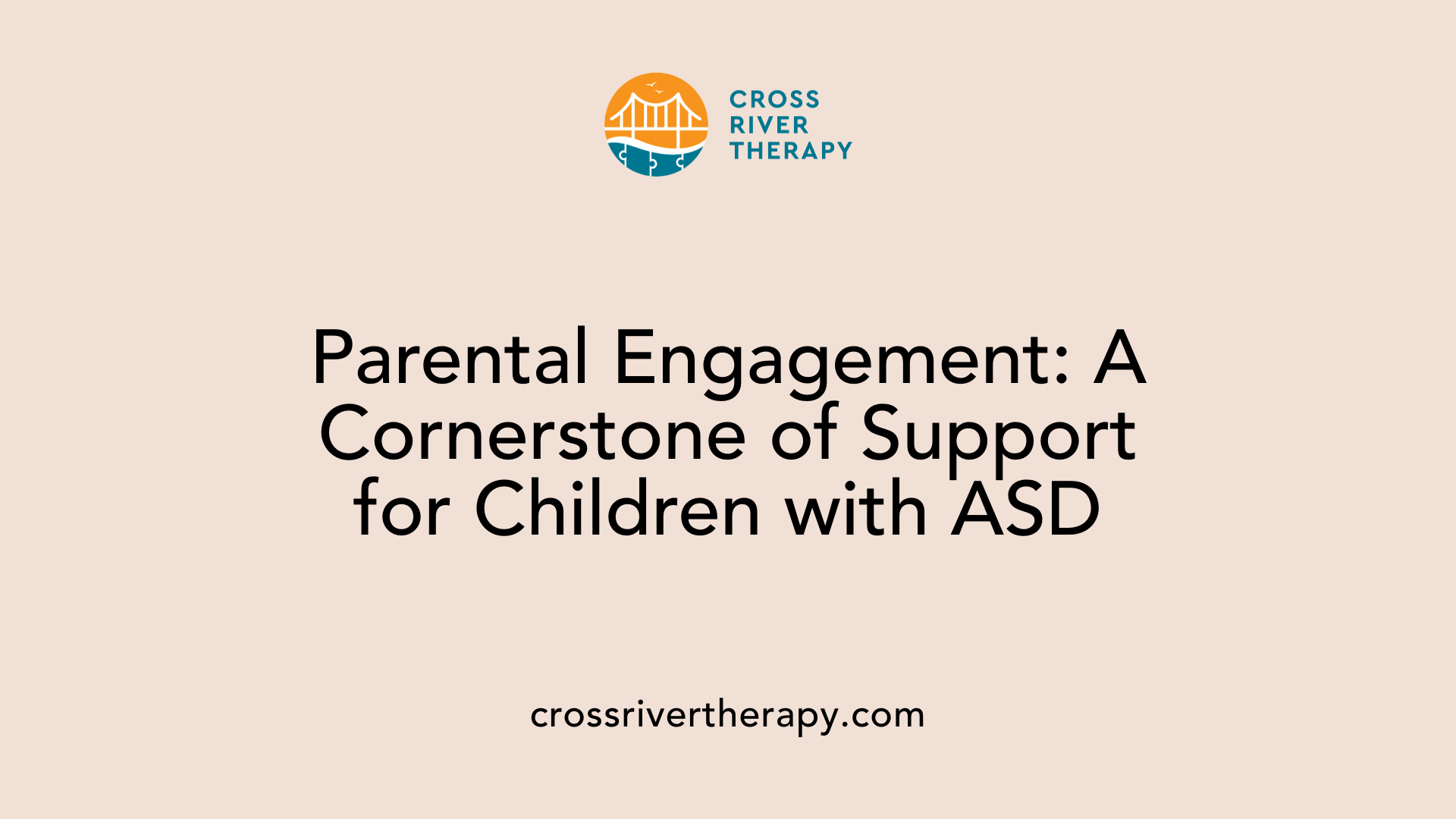
Benefits of parental engagement in therapy
Parental involvement is a cornerstone of successful Applied Behavior Analysis (ABA) therapy for children with Autism Spectrum Disorder (ASD). Engaging parents in the therapeutic process guarantees the reinforcement of skills learned during therapy sessions in day-to-day environments. Parents can help facilitate consistent practices, which are vital for generalizing these skills in real-world settings.
When parents are actively involved, research indicates an acceleration in their child’s progress. Their participation often leads to a marked improvement in behaviors, helping children navigate everyday situations, such as engaging with peers during community activities. Thus, creating a strong support network emerges as a twofold advantage—children develop skills faster, and parents experience less stress from the journey.
Link between parental involvement and skill generalization
Effective communication and collaboration between parents and therapists are essential for creating a cohesive approach to treatment. When parents understand and implement therapeutic strategies at home, children experience deeper learning opportunities. This synergy enhances skill retention and application across various contexts, such as in schools, clubs, and community events.
Moreover, parental engagement positively influences families' overall well-being, fostering better family dynamics and support systems. In this collaborative environment, children benefit not only from therapy’s structure but also from enriched social relationships within their communities. The ripple effects of engaged parenting extend beyond the individual family, ultimately enriching community connections for all involved.
| Focus Area | Impact of Parental Involvement | Example of Engagement |
|---|---|---|
| Skill Generalization | Enhances application of skills in various settings; reduces skill regression. | Parents role-play social interactions at home. |
| Emotional Support | Reduces stress for parents, promoting a healthier family atmosphere. | Regular meetings with therapists to discuss progress. |
| Community Relationships | Builds social networks for families and children, facilitating community involvement. | Attending local events and support groups. |
The synergy of parental collaboration nurtures an enriching environment, promoting not just developmental progress for the child with ASD, but a thriving community atmosphere as well.
Creating Inclusive Environments for Children with Autism
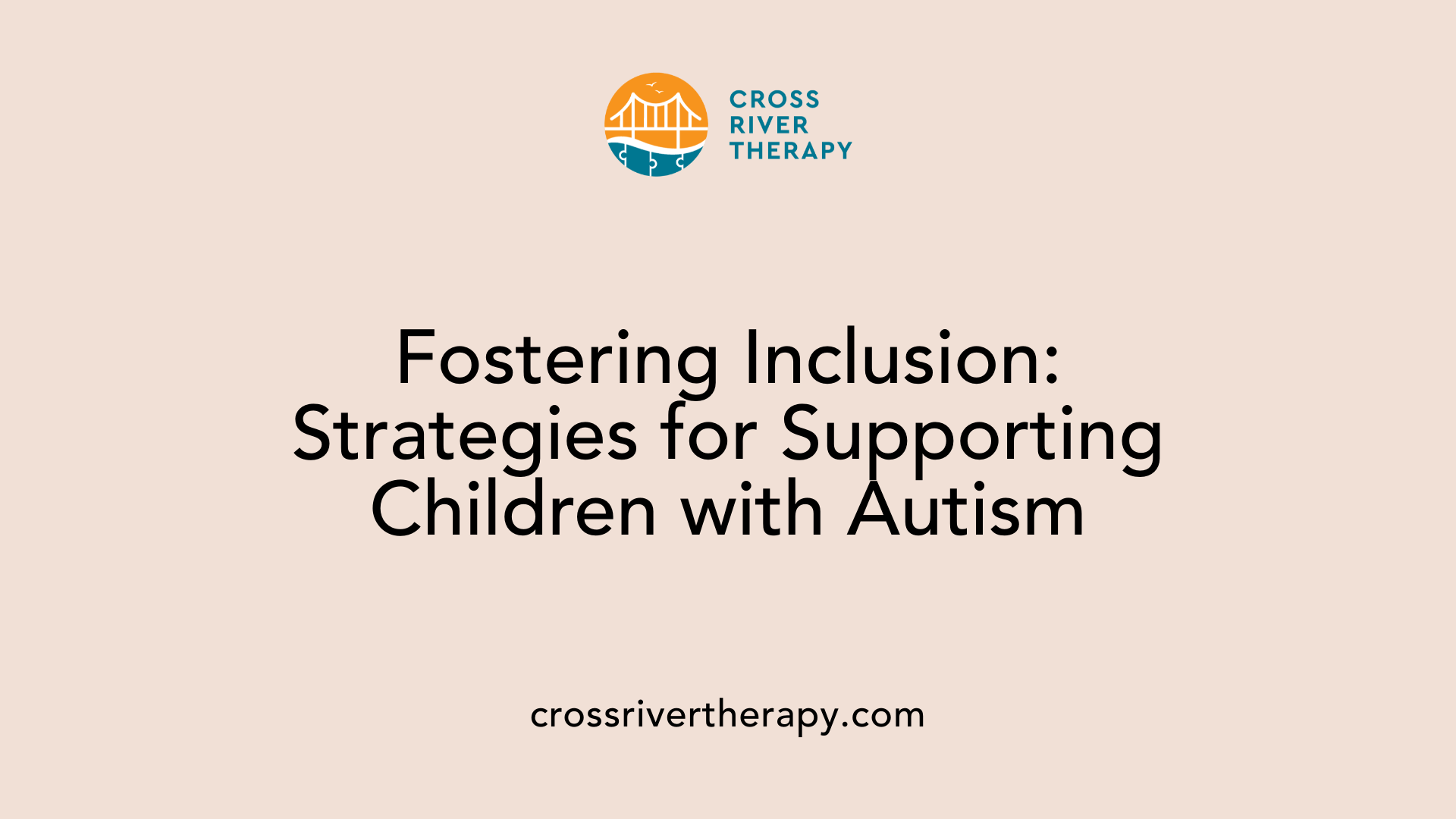
Strategies and Programs Promoting Inclusion
Creating inclusive environments for children with Autism Spectrum Disorder (ASD) hinges on several effective strategies. Community programs play a significant role by integrating children with and without disabilities in shared activities. This approach fosters friendships and understanding, which are essential for social development.
In the home, proactive family engagement is crucial. Parents can create an inclusive environment by actively involving their child in family activities and maintaining open lines of communication. Using visual supports and establishing structured routines in educational settings can also help reduce anxiety, making school a more welcoming place for autistic children.
Integrating Autistic Children into Everyday Activities
Successful integration into everyday activities further supports the inclusion of children with autism. Community-based programs offer structured settings where children can practice social skills alongside their peers. BCBAs (Board Certified Behavior Analysts) and RBTs (Registered Behavior Technicians) work closely with families and educators to ensure that behavioral goals are met in these environments.
Moreover, encouraging peer interactions through mentoring and buddy systems is vital. These initiatives not only promote empathy among students but also normalize interactions with children with disabilities, enhancing the overall social fabric of the community. Through these combined efforts, children with autism can thrive and enjoy a sense of belonging in their communities, which significantly boosts their confidence and social skills.
ABA Therapy Centers as Community Hubs
Can ABA therapy centers serve as community hubs for social connections and advocacy?
Yes, ABA therapy centers can serve as vibrant community hubs that foster social connections and advocacy. These centers play a critical role in supporting children with Autism Spectrum Disorder (ASD) and their families by integrating therapy into real-world scenarios. Through collaboration with families, educators, and community members, BCBAs create tailored treatment plans that empower children to engage in various social settings, ranging from school to community events.
Multi-functional roles of ABA centers
ABA centers are not just places for therapy; they act as bridges to the community. BCBAs work with children by ensuring behavioral goals are seamlessly integrated into everyday activities. For instance, through community engagement, children can practice social behaviors like sharing and initiating conversations in safe environments. In this way, these centers help children build essential life skills in real-world contexts, like during grocery trips or local events.
Advocacy and social connections fostered by therapy centers
Furthermore, ABA centers advocate for inclusivity. They guide families in finding local programs and activities that welcome children with ASD, cultivating a sense of belonging. Social support within these environments enhances the effectiveness of ABA therapy by reinforcing learned skills through peer interactions and family involvement. This multi-faceted support structure not only boosts individual progress but also contributes to broader community relationships, ultimately fostering a nurturing environment for all involved.
Impact of Social Support on ABA Therapy Success
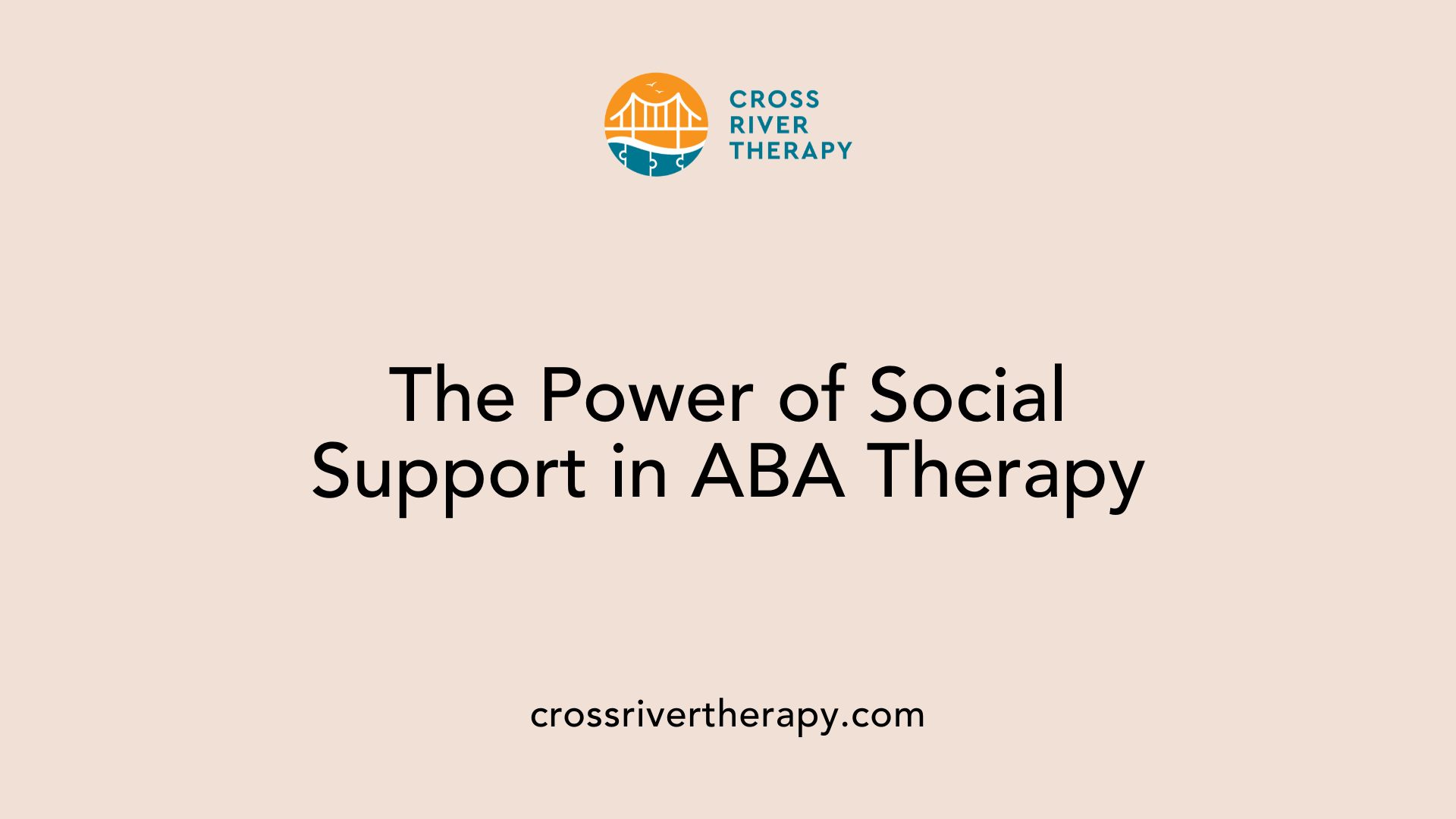
How does social support affect the success of ABA therapy and the development of community bonds?
Social support significantly enhances the effectiveness of Applied Behavior Analysis (ABA) therapy for children with Autism Spectrum Disorder (ASD). The presence of supportive family, friends, and educators facilitates the generalization of learned behaviors beyond therapy sessions, making it easier for children to apply these skills in everyday scenarios.
Family involvement is crucial, as parents and siblings provide much-needed emotional and practical support. This engagement not only reinforces the concepts learned during therapy but also fosters better communication within the family, thus strengthening family bonds.
Peer interactions are a vital aspect of social development. When children with autism engage positively with their peers, they get practical opportunities to practice sharing and turn-taking, which helps reduce anxiety and supports emotional wellbeing.
Educators play a key role by collaborating with BCBAs and RBTs. They create inclusive classroom environments that reinforce the skills taught in therapy, ensuring that these skills translate into success at school. This collaboration is found to enhance community bonds, as families connect with local events and activities tailored to children with ASD, fostering a sense of belonging and social connection.
Ultimately, a robust social support network contributes to improved wellbeing for families, reducing stress and enhancing community engagement. This collective effort significantly bolsters the overall success of ABA therapy, making a profound difference in the lives of children with ASD.
Conclusion
As we have explored, ABA therapy centers play a crucial role in fostering a sense of community for children with ASD and their families. Through collaboration and support from BCBAs, RBTs, families, and educational institutions, children with autism are more readily integrated into their communities. Parent and family involvement further enhances this process, leading to strengthened community ties and reduced isolation. These therapy centers not only contribute to individual development but also serve as pillars of community engagement and advocacy, promoting inclusivity and understanding. Thus, ABA therapy is more than a therapeutic intervention—it's a bridge to stronger, more inclusive communities.
References
- How Do BCBAs Work in The Community? - Bluesprig Autism
- How Social Support is Used in ABA to Cultivate Better Commun...
- The Role of Caregiver Involvement in ABA Therapy - BHCOE
- [PDF] Effectiveness of Parent-Led Applied Behavior Analysis at Improving ...
- The Role of Parent Involvement in ABA Therapy
- The Role of Parental Involvement in ABA Therapy
- The Impact of ABA on Families | Prospera Healthcare
- Family-Centric Applied Behavior Analysis Facilitates Improved ...
- Family-Centric Applied Behavior Analysis Promotes Sustained ...
- ABA Therapy and Its Impact on Family Dynamics



